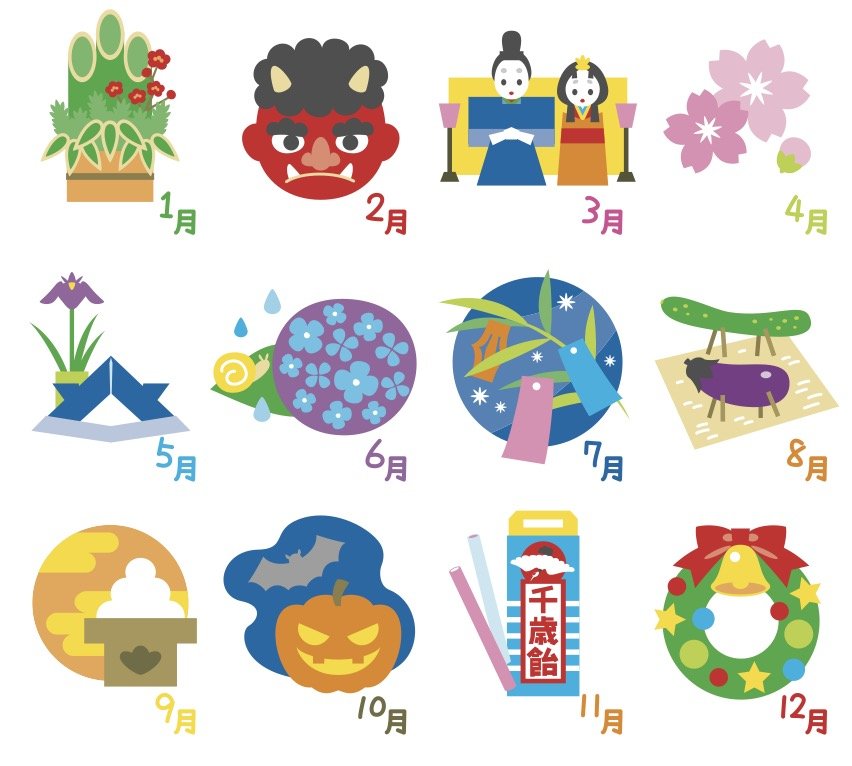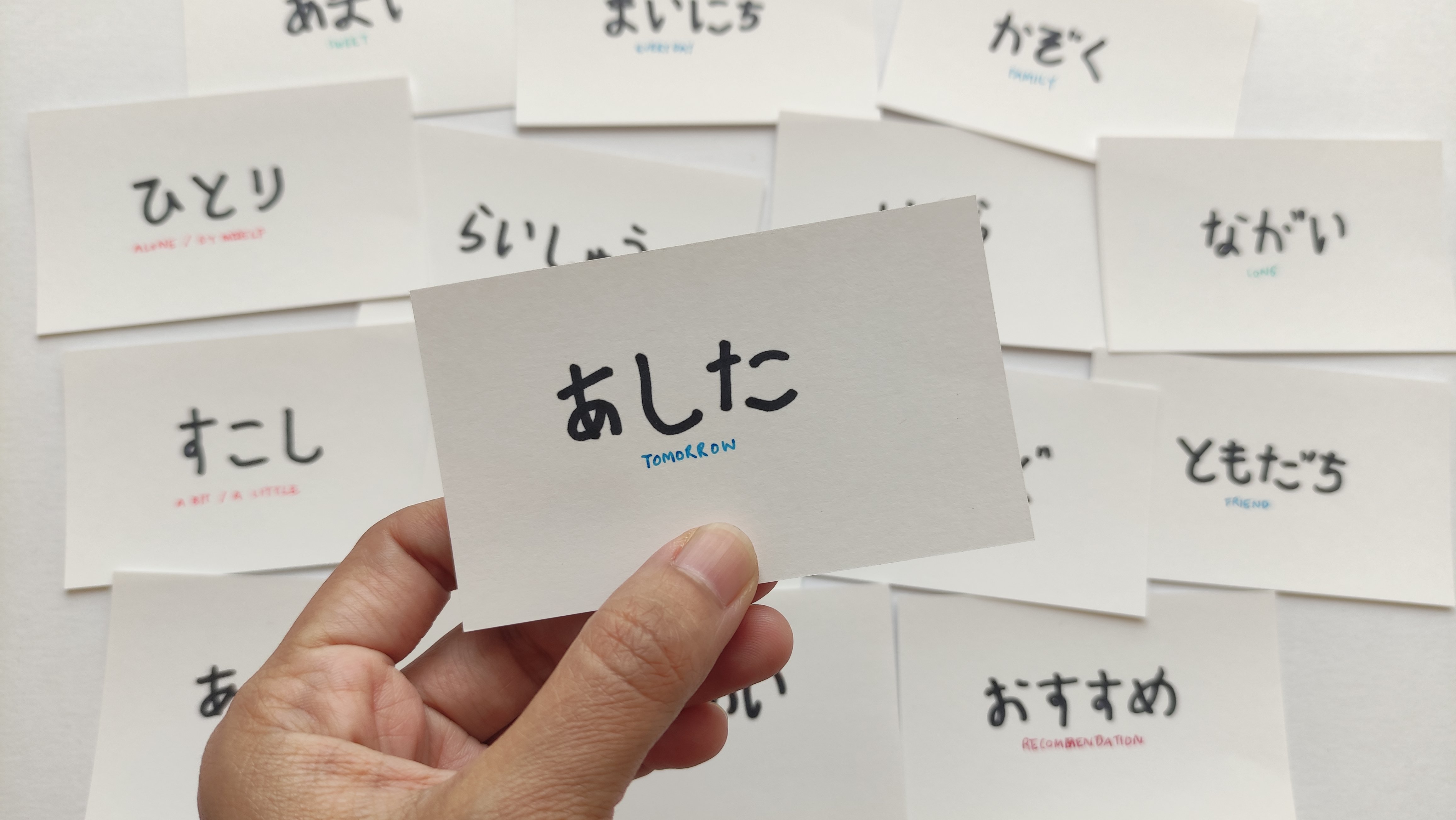Japan's Four Seasons and Tips for Each
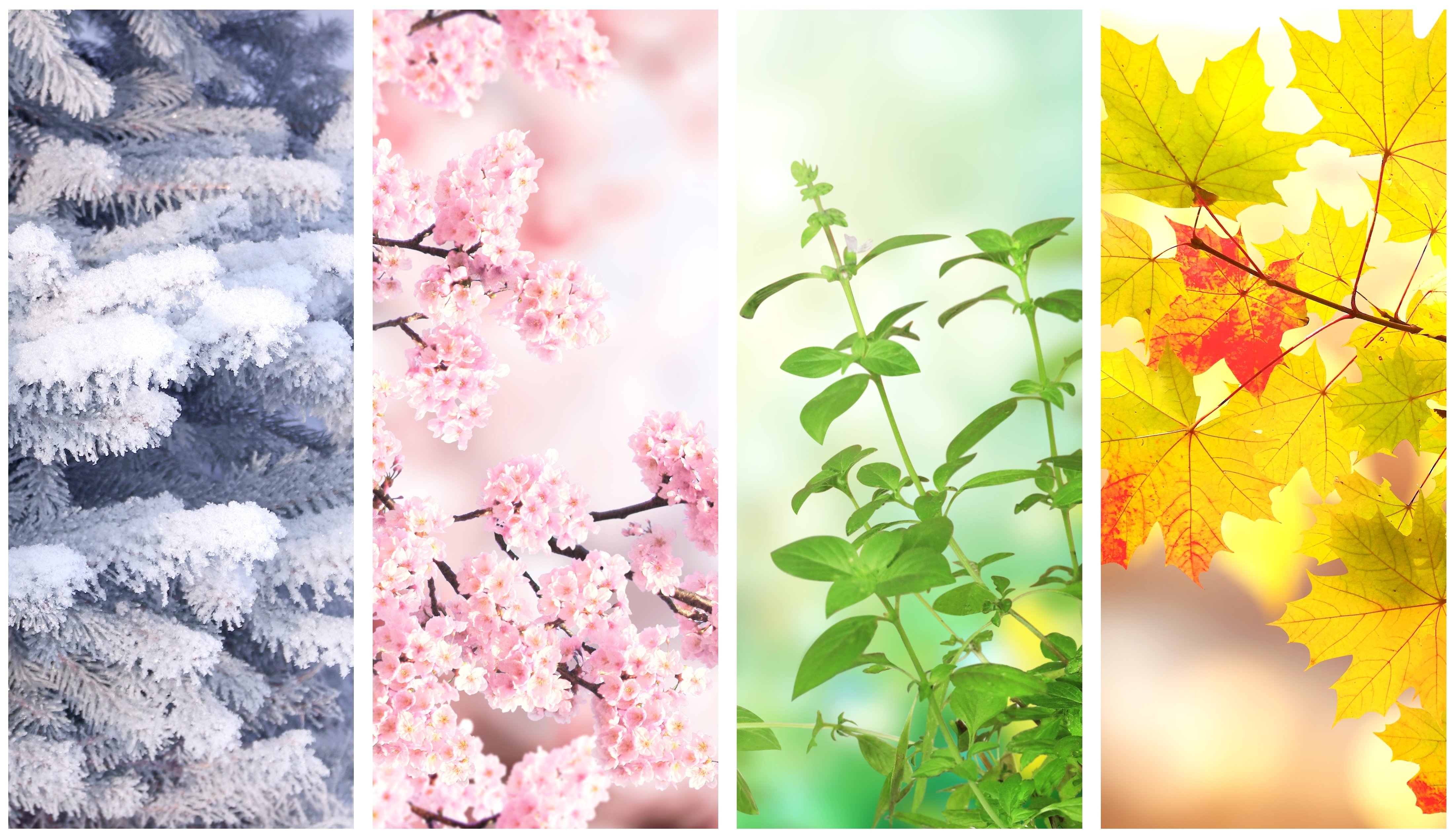
In Japan, there are four seasons: spring, summer, autumn, and winter. Each season has its own characteristics and brings with it changes in lifestyle, work, clothing, food, and temperature. This article outlines the characteristics of the four seasons, as well as how to prepare to live through each season.
Spring (March to May) – The Season for Flowers and Encounters
Features :
In spring, the cold winter ends and the weather starts to get warmer little by little. Although there are still some cold days in March, cherry blossoms will bloom in April and paint the whole of Japan in pink.
Clothing :
In spring, the temperature difference throughout the day is large, so it is important to wear layers. Mornings and evenings are cold, so be sure to bring a jumper or hoodie with you when giong outside.
Workplace Notes :
- This is the time of year when many new employees and trainees join the company, so it is important to greet people at work.
- Hay fever becomes more prevalent, so it is a good idea to wear a mask.
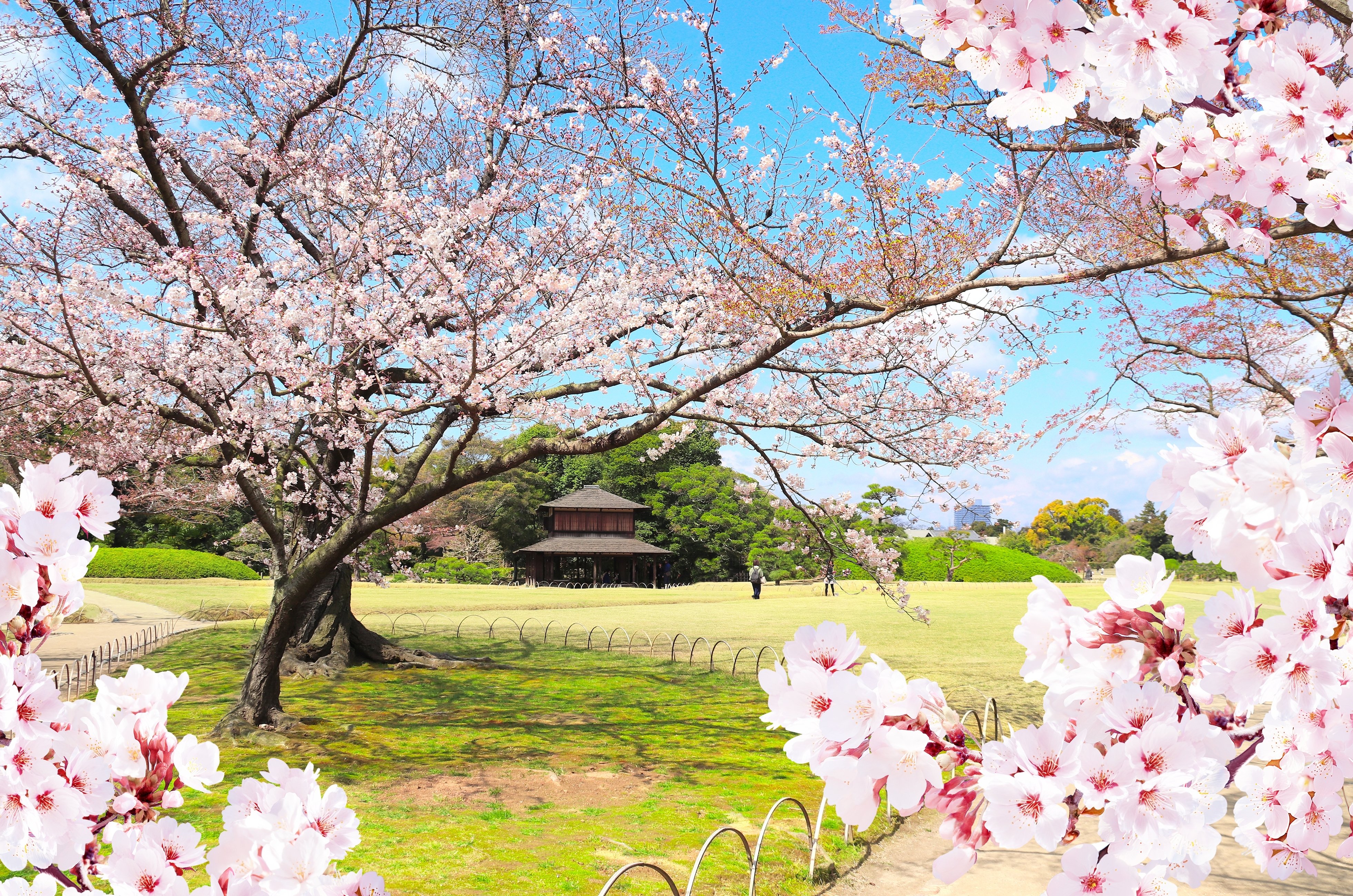
Summer (June to August) – Hot and Humid
Features :
June is the rainy season (called 「梅雨(つゆ)」 ). This season comes with a lot of rain and high humidity. Summers in Japan are very hot and humid, with temperatures often reaching over 30 degrees Celsius in July and August.
Clothing :
- Wearing short sleeves or otherwise breezy clothing will help with the heat.
- It is useful to wear hats, carry around a water bottle and a parasol to prevent heatstroke.
Workplace Notes :
- There is a risk of heatstroke when working outdoors, or even inside of a factory.
- It is important to drink plenty of fluids, and intake sodium.
- Humidity increases the risk of mold and insects, so be sure to ventilate and clean your room.

Autumn (September to November) – The Season of Fruition and Autumn Leaves
Features :
The heat will subside and the weather will become more comfortable. The air starts to become drier, and the leaves turn red and yellow, marking the start of autumn. It is harvest season in agriculture and food processing.
Clothing :
- It gets cold in the mornings and evenings, so be sure to bring a long-sleeved shirt or a thin jacket.
- It is convenient to wear clothes that can be layered.
Wokrplace Notes :
- It is important to take care of your health in autumn. It's easy to catch a cold due to drastic changes in temperature.
- Autumn is said to be the season of appetite - you can enjoy autumn foods (chestnuts, sweet potatoes, mushrooms, etc.).
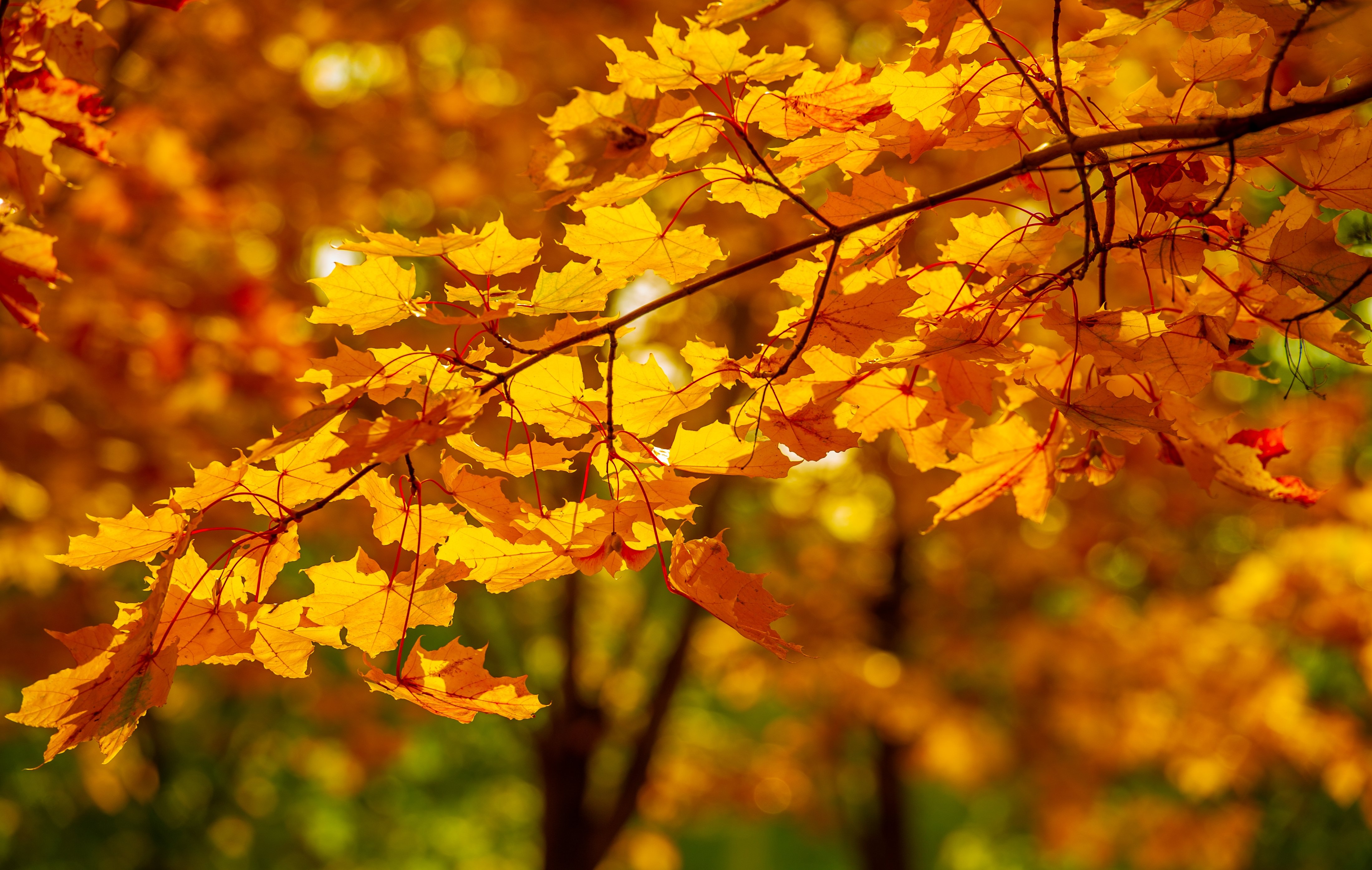
Winter (December to February) – Cold and Snowy
Features :
Temperatures can drop below 0°C. There is a lot of snow in Hokkaido and the Tohoku region. It gets very dry, so beware of catching a cold or flu.
Clothing :
- You will need cold weather gear such as coats, gloves, scarves, and hats.
- People who work outside should wear non-slip shoes in addition to warm clothing.
Workplace Notes :
- When roads freeze over, falling accidents and traffic accidents are more likely to occur, so it is important to stay careful.
- When using heating appliances (heaters, kotatsu, etc.), please be mindful of fire hazards.
- Using a humidifier or mask to address dryness can help prevent catching a cold.
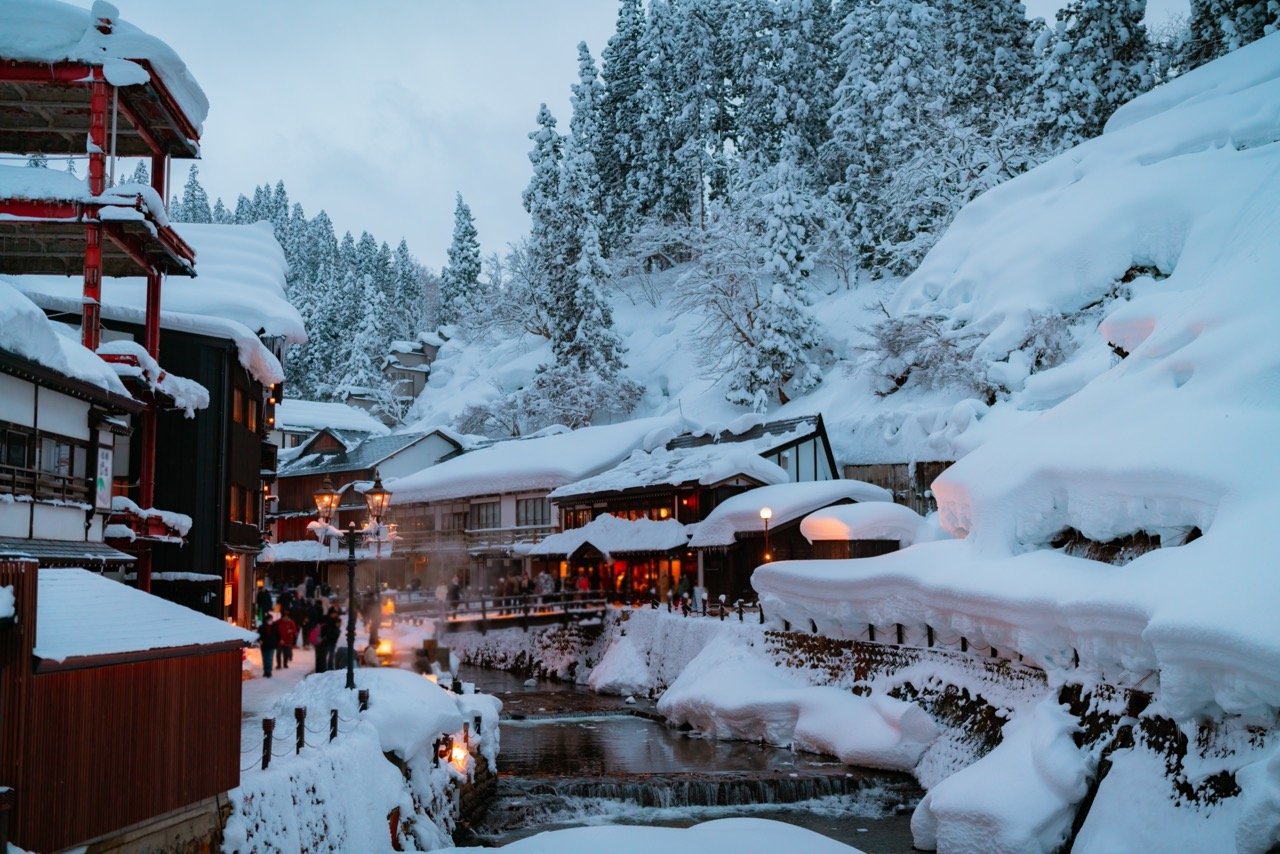
Summary: Prepare for Japan's Four Seasons
In Japan, the seasons are clearly defined and each season requires appropriate clothing, diet, and health care. To make your life at home and work more comfortable, keep the following points in mind:
- Check the temperature and events for each season using weather apps and calendars
- In summer, it is important to stay hydrated and use cooling products, while in winter it is important to protect yourself from the cold and dryness.
- It's easy to get sick in spring and autumn, so be careful about what you wear.
- Enjoying seasonal events and nature can enrich your life in Japan!
